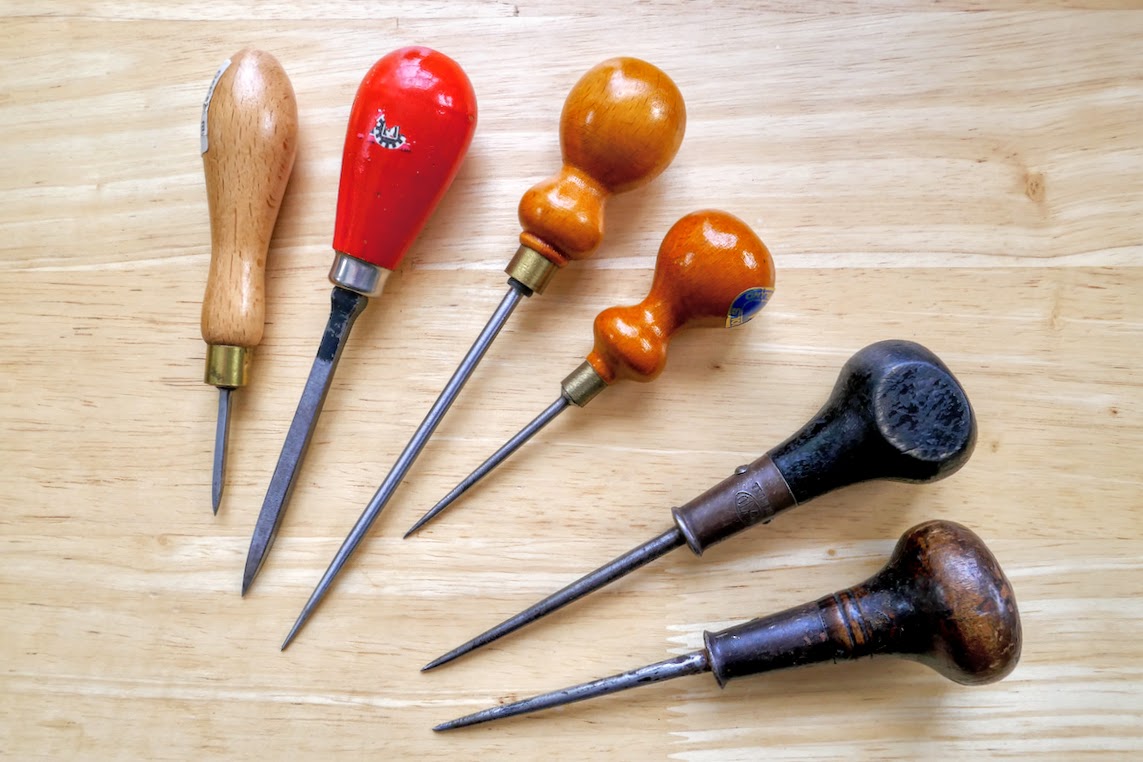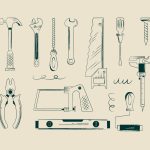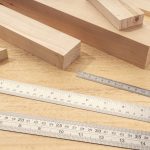We may receive a commission when you use our affiliate links. However, this does not impact our recommendations.
 The awl is one of the most useful tools in woodworking and perhaps the most basic of them all. Awls help to initiate indentations into which screws, nails, and drill bits will bore. We use them to mark locations for sawing, and score lines to define parts’ parameters. And awls are used to pock holes in leather and thin copper sheets – materials used to augment many woodworking projects. And let us not forget that a sharp and clean awl is the perfect tool to pick stubborn splinters out of your skin.
The awl is one of the most useful tools in woodworking and perhaps the most basic of them all. Awls help to initiate indentations into which screws, nails, and drill bits will bore. We use them to mark locations for sawing, and score lines to define parts’ parameters. And awls are used to pock holes in leather and thin copper sheets – materials used to augment many woodworking projects. And let us not forget that a sharp and clean awl is the perfect tool to pick stubborn splinters out of your skin.
For Basics Week we’re presenting a special offer on our PopWood+ membership, where you can save 25% off your first month or full year when you use the code BASIC23 at checkout.


Poke (1.)

Drill (2.) Or… Just drive the screw straight into the indentation (3.).
There are round blade awls and square awls, short and long. In this blog entry, I will show you some of the awls I collected over the years and share my thoughts on those I like the most.
Round Blade Awls

This ACE plastic handle awl is as basic as it gets. A simple, hardworking tool without any bells and whistles. Its handle is not that comfortable, but on the other hand, it can take a lot of abuse. The General Tools awl has all the features you need: a comfortable handle, a rounded poking blade made of good steel, a ferrule to retain the blade in the handle, and a striking metal disk at the end of the handle to prevent damaging the wood if you drive the awl into the workpiece with a hammer.

Here are some older US-Made awls whose design influenced the General Tool’s modern awls. Check out the robust conic Pexto ferrule. It is incredibly resilient and has supported the blade for many decades.

Many wooden handle awls have a wide striking disk at the top of their handle. This metal surface is designed to withstand hammer blows and prevent damage to the wooden handle.


I also own two British-made owls whose ornate handles received further details and a brass ferrule. In some cases some fancy awls will incorporate a leather shock-absorbing washer between the blade and the wooden handle (though I wonder if it is really needed). My Paramo and Crown awls (below) are much prettier than the General Tools awl plus; their forged blade includes an integral bolster that strengthens the blade and prohibits it from backing up into the handle. Highland Woodworking sells a contemporary of this design.






Japanese-style awls’ blades are the heftier I have seen, but their thinner handle makes pushing them into the wood somewhat more challenging. However, their thinner handle is convenient when used as a scoring tool. Lee Valley makes its version of this tool with an extra rigid tip that will last a lifetime if you don’t let it roll and fall to the ground tip-down.
Square blade awls

While these awls are less common than the round-blade ones, I find them more powerful. Their blade geometry allows me to bore into the wood faster. As I turn and push the blade into the stock, the corners of the blade shear the fibers and let me reach deeper depths with lesser effort.

My oldest square awl is a Chezc-Made tool that Narex manufactured. Narex still makes square-blade awls today, albeit of a different design. Still, they are a joy to use.
 A few years ago, I bought this small Marples square awl that I always reach out to. Its narrow blade allows me to bore deeper into the wood and form perfect pilot holes for small fasteners.
A few years ago, I bought this small Marples square awl that I always reach out to. Its narrow blade allows me to bore deeper into the wood and form perfect pilot holes for small fasteners.


My most precious awl was hand-made by Mike Taylor and was gifted to me last Christmas. It has a Japanese-made blade, a brass ferrule, and a turned Desert ironwood handle.



Next time I will show how we can make our custom-made quality awl from a kit.
Here are some supplies and tools we find essential in our everyday work around the shop. We may receive a commission from sales referred by our links; however, we have carefully selected these products for their usefulness and quality.








